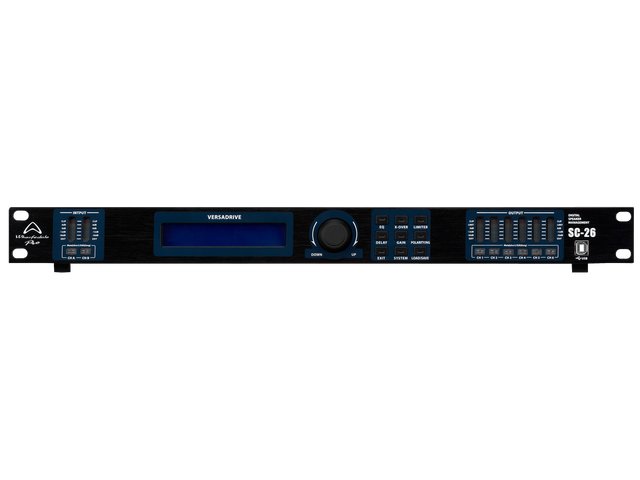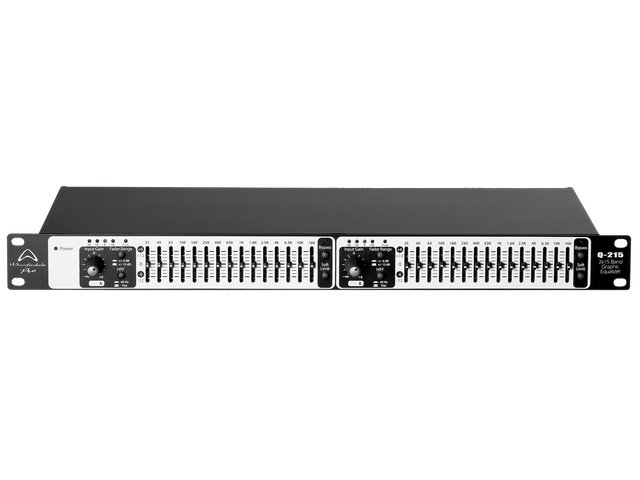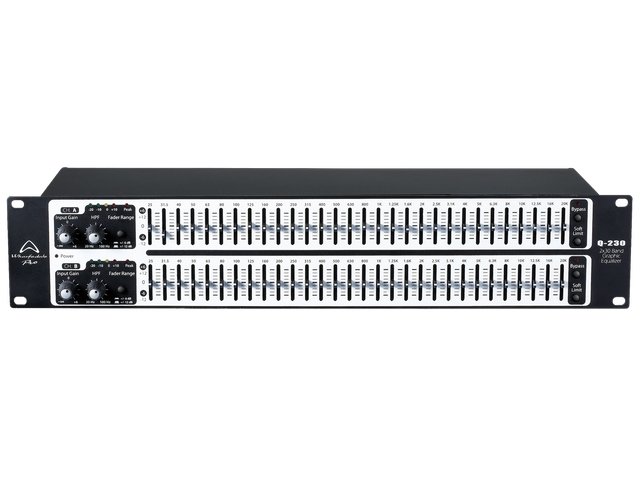Live Vocal Mixing Tips & Techniques: EQ
Have you ever attended a live gig to notice something about the sound was off? The guitars were rocking, the drums were grooving – but you just couldn’t get into the spirit of the gig…
Chances are, there was something up with the vocals. It’s either that they were lacking shine, they were unclear, or they were just generally not cutting through as well as they should’ve. Fact is, it doesn’t matter whether you’re a live sound expert or just an average Joe, everyone notices when the vocals are off.
To help you along, we’ve compiled a short guide to help you get those vocals sounding the way they should. Part 1 is all about the equaliser, common frequency ranges to pay attention to plus other handy tips to sharpen your EQ technique
EQ
The equaliser lies at the very heart of your ability to get those vocals to cut through. Use your ears, not your eyes. Throw away any notion of presets you may have right out the window, as there’s no “one-size-fits-all” setting. Every vocalist is unique and your EQ profile should be approached on a case-by-case basis.
Generally, vocals have quite a narrow band compared to other ‘fuller’ instruments. They sit anywhere across the frequency spectrum from around 80Hz to 1,100Hz, with harmonics extending up to the 10kHz region. With this in mind, the following chart can be a good starting point for vocal correction.
| Frequency Range | Application |
| 100 Hz – 300 Hz | Clarity / Thin (Good for cutting) |
| 100 Hz – 400 Hz | Thickness |
| 100 Hz – 600 Hz | Body / Warmth |
| 100 Hz – 700 Hz | Muddiness (Good for cutting) |
| 400 Hz – 1,100 Hz | Honky / Nasal |
| 900 Hz – 4,000 Hz | Intelligibility |
| 1,000 Hz – 8,000 Hz | Presence |
| 1,500 Hz – 7,000 Hz : | Sibilance |
| 2,000 Hz – 9,000 Hz : | Clarity (Good for boosting) |
| 5,000 Hz – 15,000 Hz : | Sparkle/sheen |
| 10,000 Hz – 20,000 Hz | Air / Breathiness |

A few final tips to help you troubleshoot dodgy sounding live vocals:
- Sometimes you may find that the solution to your mix lies outside of these ranges. For example, you might find cutting the vocals around the 800Hz to 1,200Hz range fixes your muddy sound. This is why it is super important to use your ears and not eyes!
- It’s also incredibly important to remember that each frequency range carries certain characteristics that can conversely affect each other when cut or boosted. For instance, removing 600Hz from a vocal may remove some of its muddiness but it is also going to thin the sound. Use small increments and reductions to find that sweet spot between the two.
- As vocals should sit ‘loud and proud’ in a mix, drastically cutting holes in the vocal is not recommended. Instead, many engineers carve out clashing frequencies in other instruments (that sit around the same frequency area) to make way for the vocals so they can sit unhindered in the mix.
- Add just the right level of brightness to your vocal mix by cranking and over exaggerating the high EQ shelf during practice. Next, back it down to a reasonable level, and then just a touch more to be safe. This should get your vocal’s top end somewhere in the ballpark.
- Clean up your low end. This is protocol when mixing vocals, as low-end here is completely unnecessary. Use a high-pass filter and be rid of those pesky unwanted rumbles.
- Above all, remember to keep things sounding natural – over EQ’ing can quickly lead to an overly exaggerated mix tone.
Related Products
-
$1,079.00
-
$329.00
-
$429.00



























